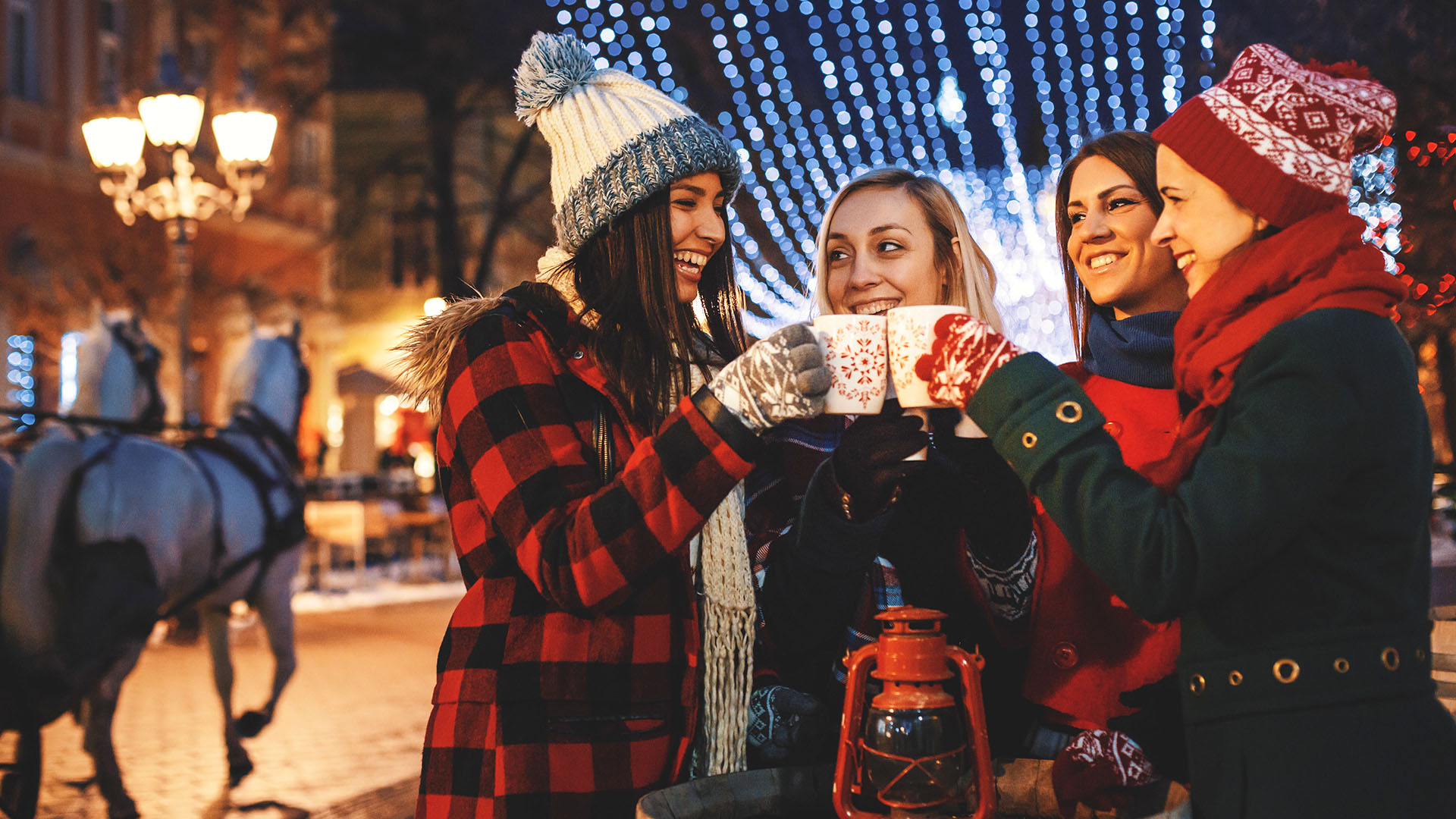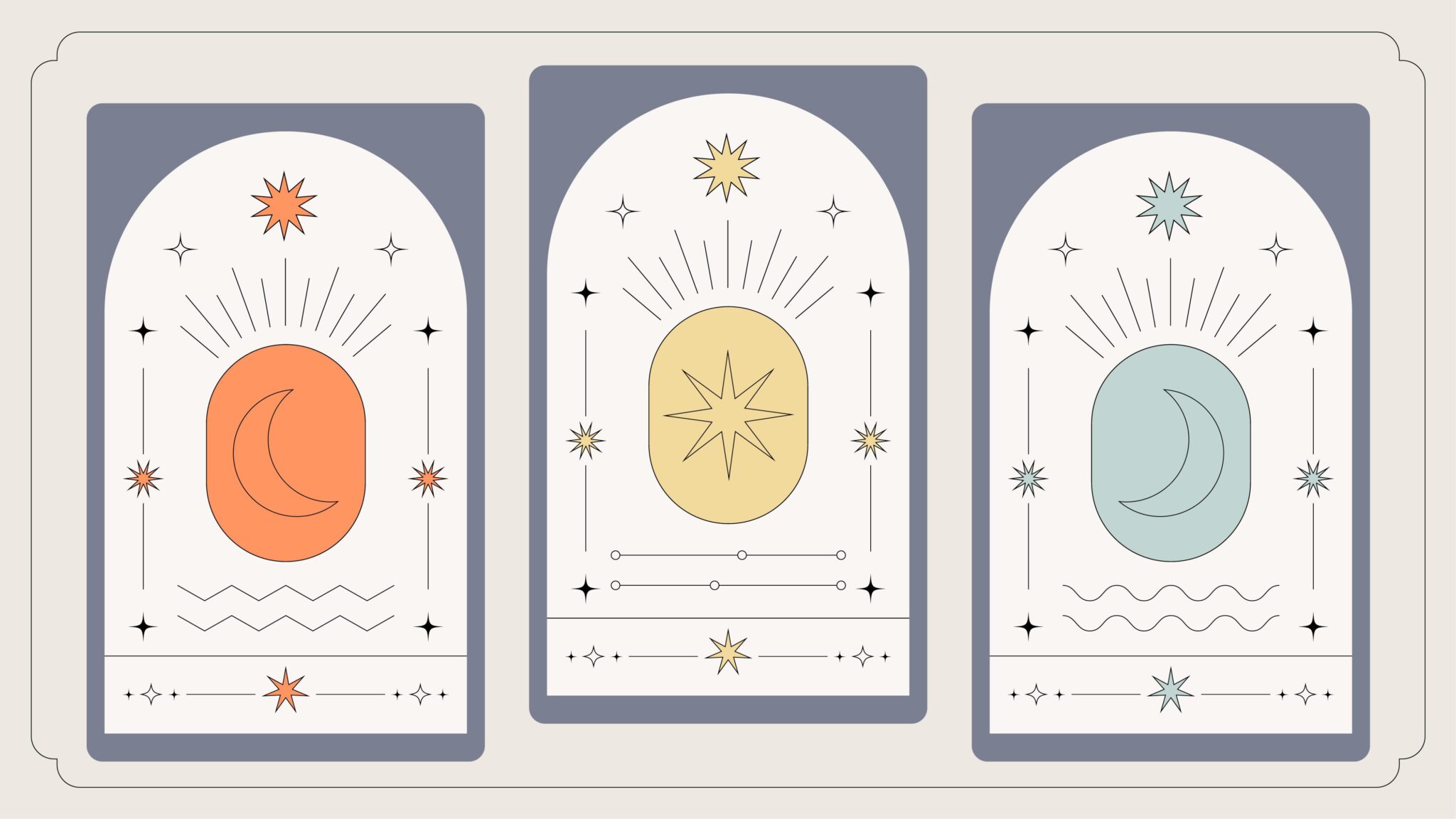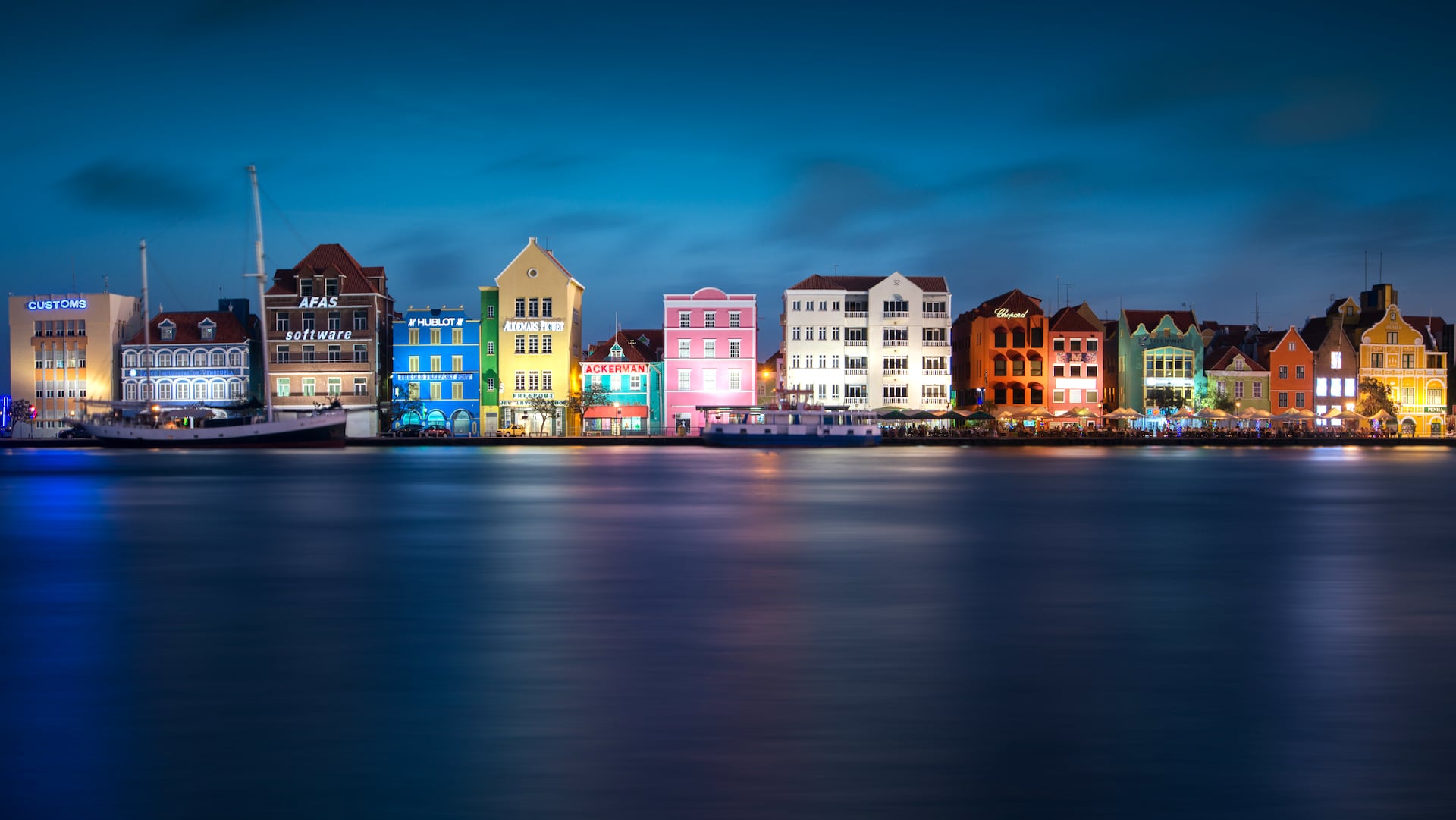
Explore Willemstaad after dark. (Photo: Getty Images)
Tips + TrendsFind Fewer Crowds (and Surprises!) at Unexpected Hours in the Caribbean and Latin America
By Terry WardIn a world where time is a luxury, you can now add space — as in room to socially distance — to the list of life’s creature comforts.
And sometimes, the best way to find space in an ever busier world is to plan your fun at those unexpected (and less popular) hours of the day and night.
It’s all about “zoning out.” We’re talking about switching up predictable “time zones” for fun with off-peak-hour activities that are full of surprises all their own.
From night hikes in the rainforest to wild night swims in bioluminescent lagoons, read on for a few of our favorite ways to zone out across the Caribbean and Central America.
As always, check for travel restrictions and closures before planning any trips.
Curacao
The C in the ABC islands, Curacao dazzles visitors with Dutch Antilles charm that blends European and Caribbean flavors with some of the most vibrant coral reefs in the Caribbean. Dive boats crisscross the gin-clear waters during the day, shuttling scuba divers and snorkelers to more than 60 sites spread throughout the fringing reefs.
Night diving, however, is a far less crowded affair, with most divers already dried off for the evening and enjoying a cocktail someplace onshore (the hammock-strung Chill Beach Bar & Grill is a favorite for that).
Nighttime tours with The Dive Bus take certified scuba divers to some of the island’s most popular shore-entry sites for diving after dark, including Pierbaai Reef, where you might spot nocturnal denizens like octopus and lobster. At the site called Tugboat — a shipwreck in just 20 feet of water — eels venture out at night to feed.
For some socially distanced morning exercise with the bonus of spectacular sunrise views, Christoffel National Park is the island’s largest and opens at 6 a.m. for early birds to explore. Of the eight hiking trails, one marked with yellow arrows (the Mount Christoffel Trail) that leads to the top of the mountain rewards hikers with sunrise views from 1,277 feet above sea level. On clear days, you can even make out Venezuela shimmering off in the distance.
Jamaica
The Caribbean’s third largest island packs an outsized punch when it comes to culture, music and spectacular beaches. Add in the emerald green mountains crumpled along Jamaica’s shoreline, and the aesthetics of this verdant Eden are among the headiest in the Caribbean.
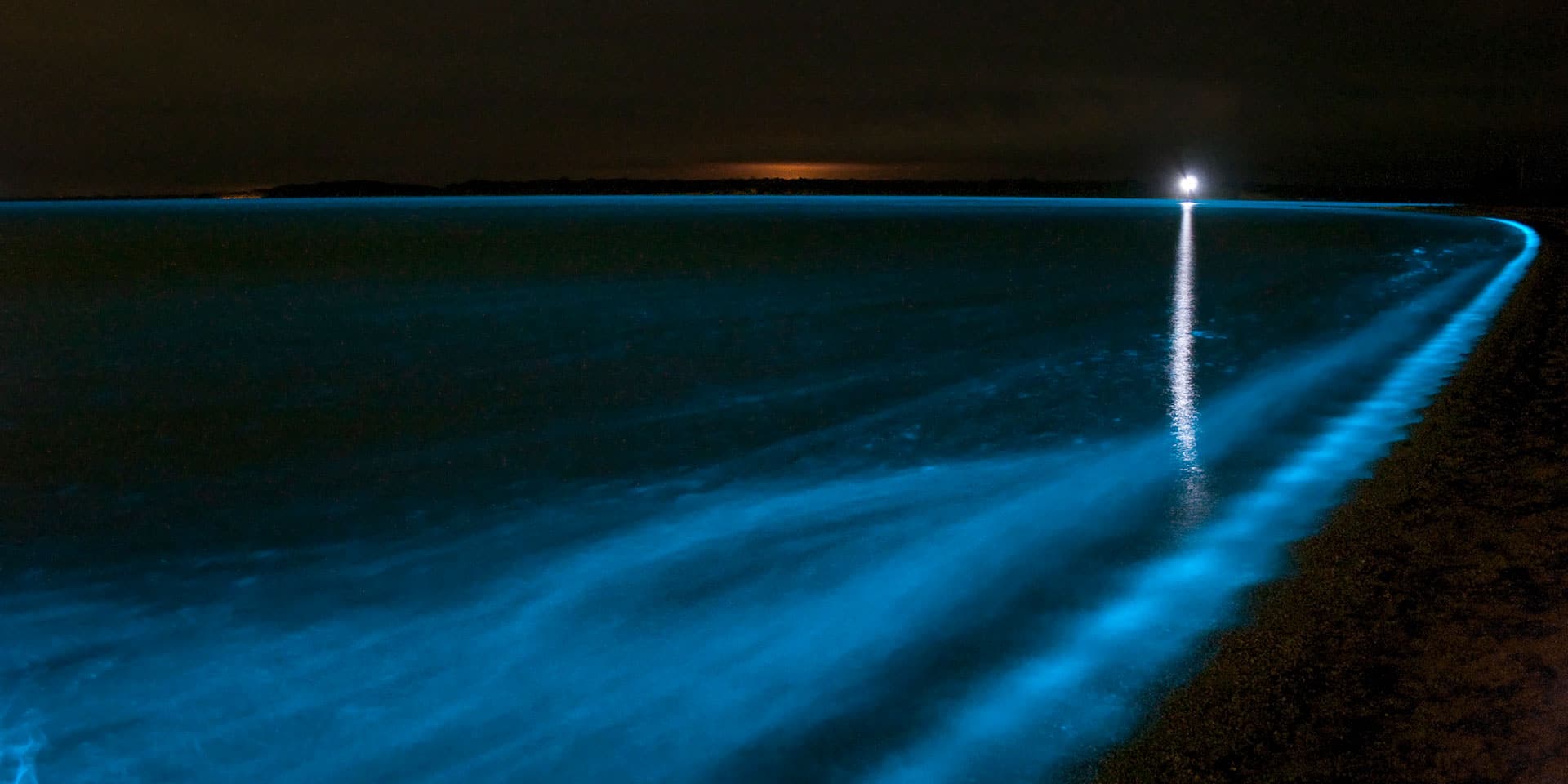
For an after-dark experience that most visitors to the island miss, head east from Montego Bay about 20 miles to Falmouth, where you can cruise out to swim in waters that appear lit up by a million glow sticks at the luminous lagoon at Glistening Waters.
A five-minute boat ride from the marina brings you to a sheltered, shallow area in the bay where you can step down the boat’s ladder into chest-deep waters glowing a luminous blue. The bioluminescence comes from the movements of tiny marine organisms called dinoflagellates all around you.
You can snorkel for underwater views. But it’s a hoot, too, just to wave your arms and legs in the waters like a human Etch A Sketch. When fish blast by, they look like comets streaking through the water. Tours start after sundown and go as late into the night as there are takers (usually about 10 p.m.).
Closer to Montego Bay, the grand facade of the 18th-century Rose Hall Great House gets lit up with blood-red lights at night and sets an appropriately creepy vibe for evening ghost tours through the Georgian plantation house. You’ll explore the candlelit interior of the house and roam the gardens, too, while your guide regales you with history and more recent tales of hauntings by the utterly creepy “White Witch.”
Puerto Rico
Puerto Rico is home to the most famous bioluminescent lagoon in the Caribbean. Situated on the southern shore of Vieques island, Mosquito Bay purportedly has one of the highest concentrations in the world of the tiny plankton that put on the big bioluminescent show, so you can expect a bright glow here, especially in the days surrounding the new moon.
It’s illegal to swim in the bay, but visiting by kayak after dark makes for a magical experience under the stars. Set out with Abe’s Snorkeling & Bio Bay Tours for guided two-hour kayak trips to glide through the soup of single-celled organisms doing their neon-blue dance.
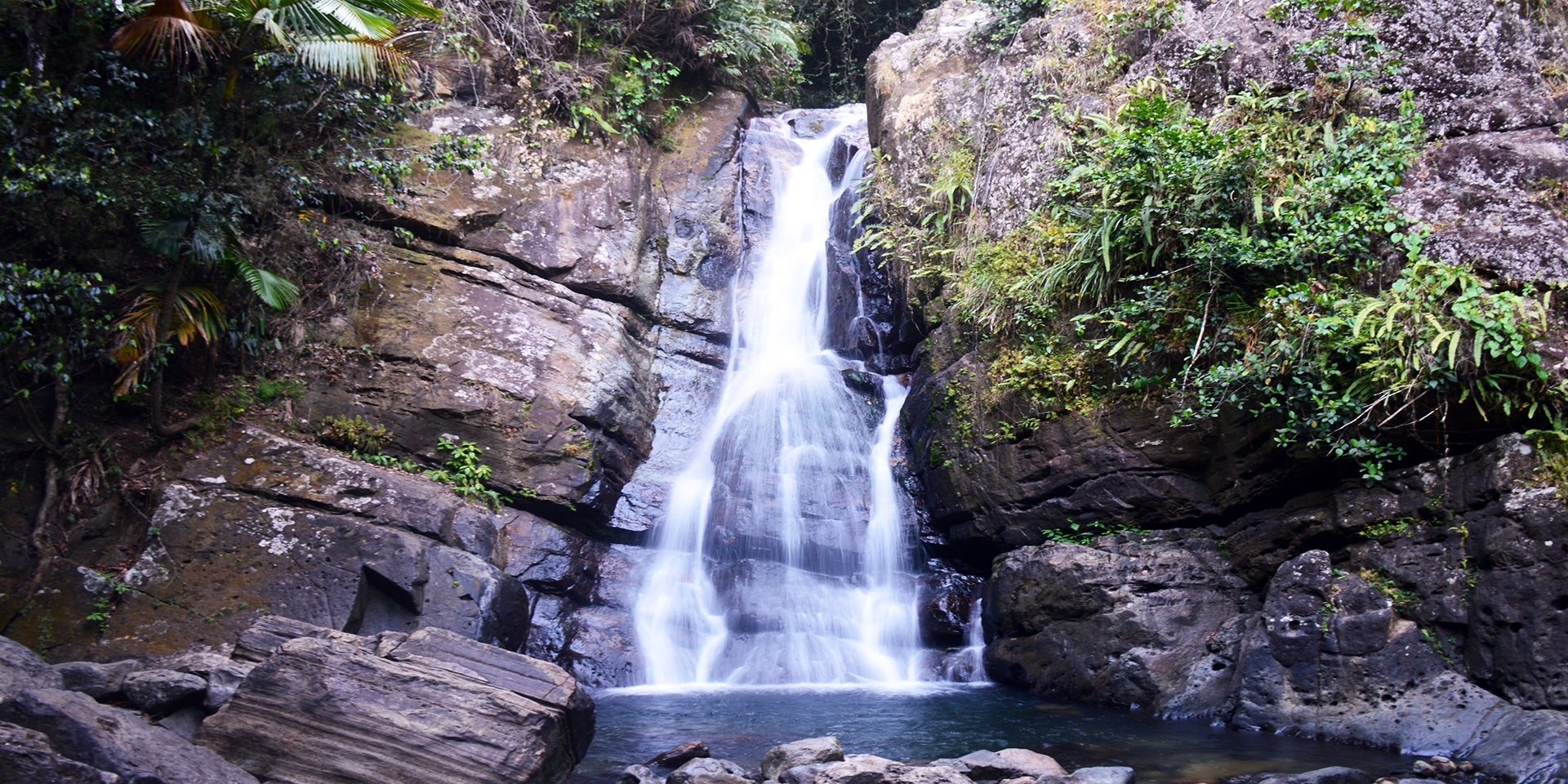
The only tropical rainforest in the U.S. national forest system, El Yunque National Forest is a special place. Some 60 percent of the creatures that dwell here are said to be nocturnal, so you’ll be in good company when you head out for a night walk with El Yunque Tours.
While waiting for the sun to set, you might have a chance for a dip in the natural swimming hole, Las Damas, before continuing on a guided walk through the rainforest. Look for bats and tree frogs along the way, and listen to the eerie sounds of Puerto Rican screech owls that carry over the humid, tropical air.
Bonaire
The B in the ABC islands, Bonaire is ringed with coral reefs you can access from the beach and is known as the shore diving capital of the world.
If you came here to scuba dive, there’s a fluorescent after-dark experience you just can’t miss. Dive operators like Dive Friends Bonaire run guided night dives where you shine a UV light in front of you as you fin through the water. It has the effect of turning the reefs into a glowing nightclub of critters and coral. Not all fish and coral glow, but the ones that do — including some anemones, fireworms and scorpionfish — light up with the exuberance of a 1980s roller rink.
Bonaire is a relatively low-lying island. But that doesn’t mean you can’t distance yourself at its highest point. Sunrise and sunset hikes to the island’s highest peak, Brandaris, within the beautiful Washington Slagbaai National Park in the northwest, are offered several times a year through the park service (you’ll set off at 5 a.m. for the sunrise ones, so only early birds need apply). The 45-minute trail tops out at just 790 feet, with gorgeous coastline views all around.
Panama
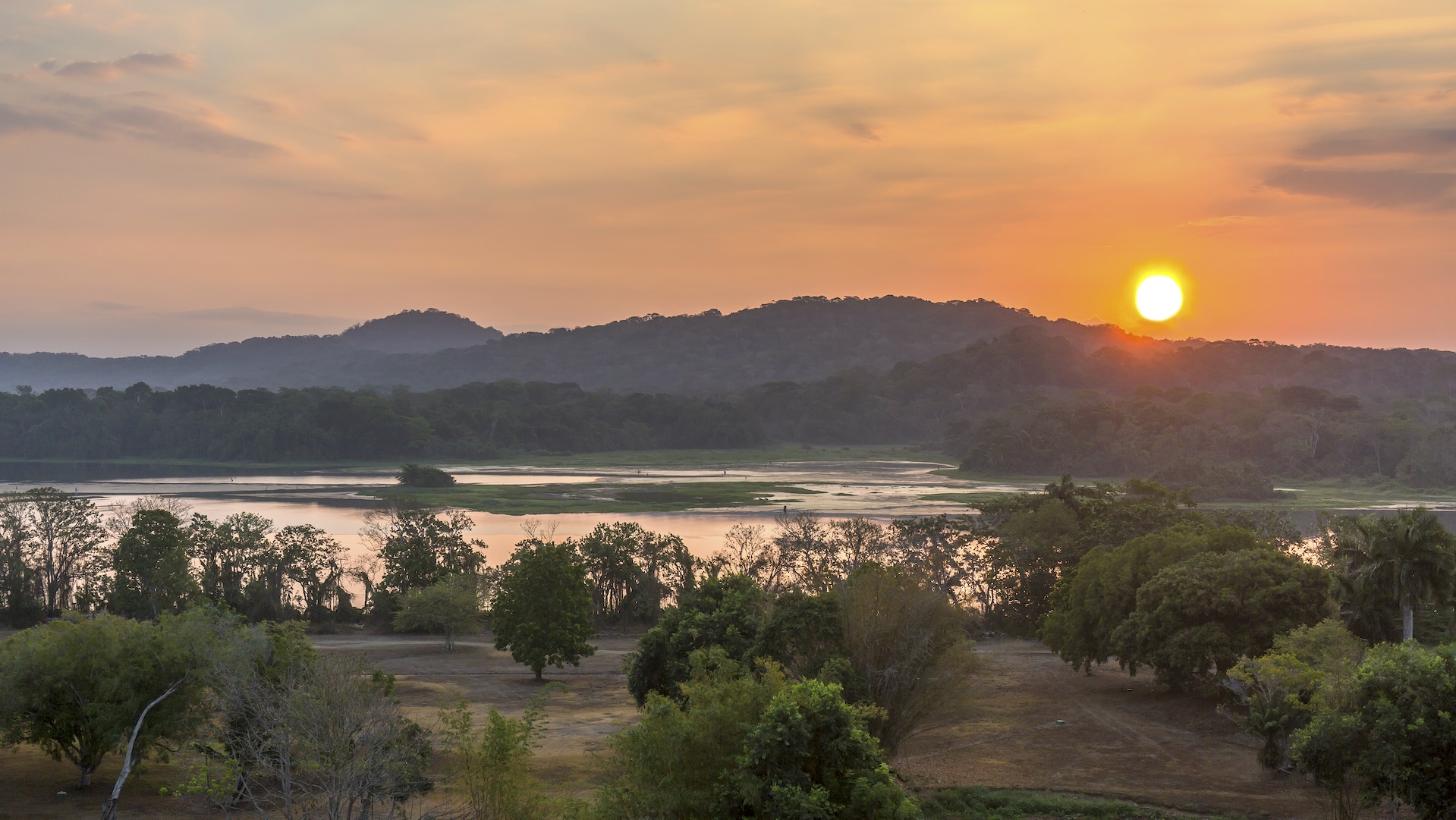
Where Central America whittles down to its thinnest, Panama and its vibrant indigenous cultures and diverse wildlife await.
Only a few miles north of Panama City, one of Central America’s most bustling capitals, the Metropolitan Natural Park welcomes visitors from as early as 6 a.m. to scout for birds along trails lined with wild cashew trees and gumbo limbos. You might spot white-nosed coatis and other endemic animals as you stroll.
If you’re up for a more ambitious walk, consider a guided sunrise hike (with assistance by 4×4 as an option) to Baru Volcano, the country’s highest peak, located within Baru Volcano National Park. The peak is one of the only spots in the world where you can lay your eyes on the Caribbean Sea and the Pacific Ocean in the same glance. Boquete Outdoor Adventures can organize off-road Jeep tours to catch the sunrise that depart around 4 a.m. and take five hours round trip.
Nighttime boating safaris in Central Panama’s Chagres River with Project Expedition are often full of fascinating nocturnal sightings that might include caiman, fishing bats, two-toed sloths and capybara — the world’s largest rodent, which looks more or less like a guinea pig on steroids.






